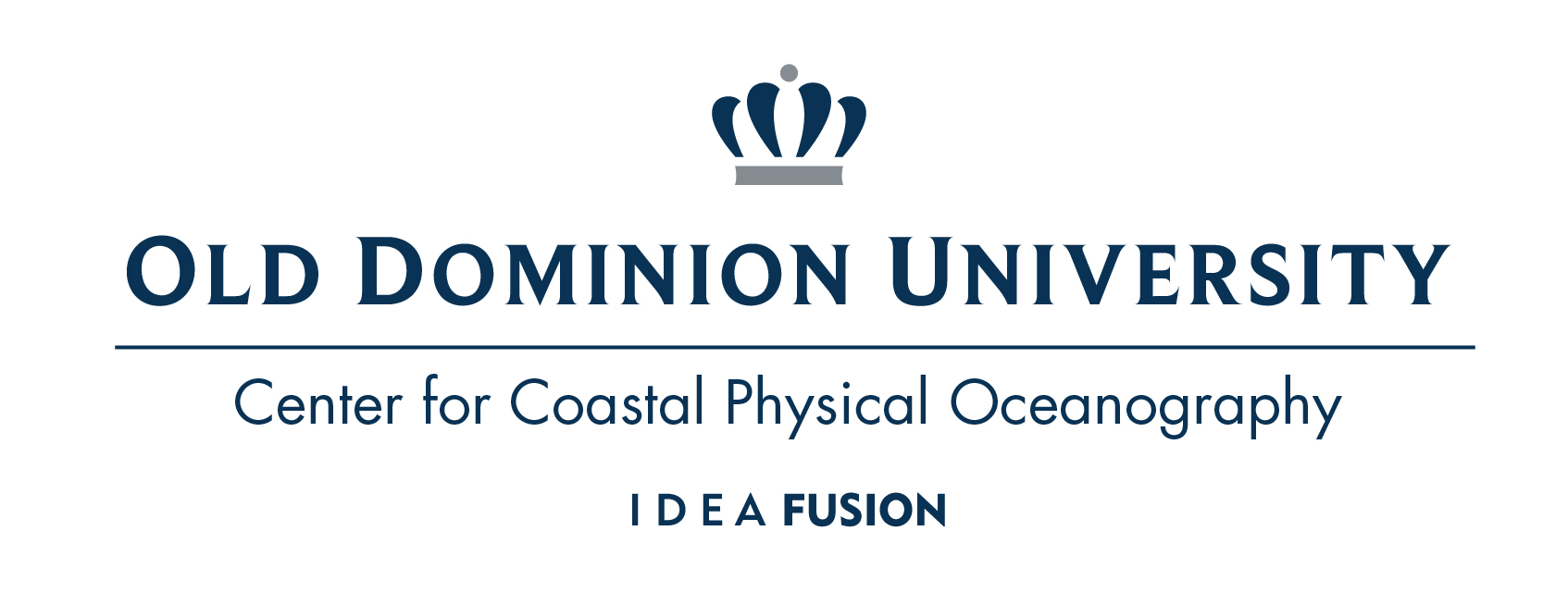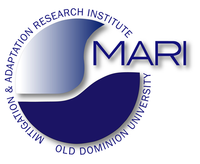

Ice streams flowing from the Antarctic continent come in
contact with the ocean where they cross the grounding line and begin to
float as ice shelves. Nearly 40% of the sea surface of the Antarctic
continental shelf is covered by ice shelves ranging in size up to the
Texas-sized Ross Ice Shelf. These ice shelves gain mass from the inflow
of continental ice, surface accumulation and freezing of marine ice on
their undersides and lose mass primarily from iceberg calving and basal
melting. Transport of the basal melt water out into the open ocean has
been proposed as a significant source of dissolved iron and thus a major
control on phytoplankton growth over the productive Antarctic
continental shelf. Changes in ice shelf structure due to basal melt
have also received much attention recently because of the suggestion
that the ice shelves buttress the massive continental ice sheets and
reduction of the ice shelves will result in a greater flow of
continental ice into the ocean.
The CMIP5 generation of coupled climate models did not explicitly model ice
shelves, but several regional and circum-Antarctic ocean models do and these
have been used to simulate current and projected states of ice shelf basal
melt. Results will be presented from different regional ocean/sea-ice/ice
shelf models of coastal seas around Antarctica to show the importance of
model resolution in getting ocean heat to the base of the floating ice
shelves and to examine the effects of idealized and climate model projected
changes in the winds on ice shelf basal melt.
After spending several years writing software for flight simulators, Mr. Dinniman went back to school where he received a M.S. from the University of Maryland and first heard about ocean modeling. He then worked for two years at the NASA Goddard Space Flight Center before coming to CCPO. Mr. Dinniman's research interests are in using computer models to study different bodies of water ranging from the Pacific and Southern Oceans to the Chesapeake Bay.

|
CCPO Innovation Research Park Building I 4111 Monarch Way, 3rd Floor Old Dominion University Norfolk, VA 23508 757-683-4940 |

|